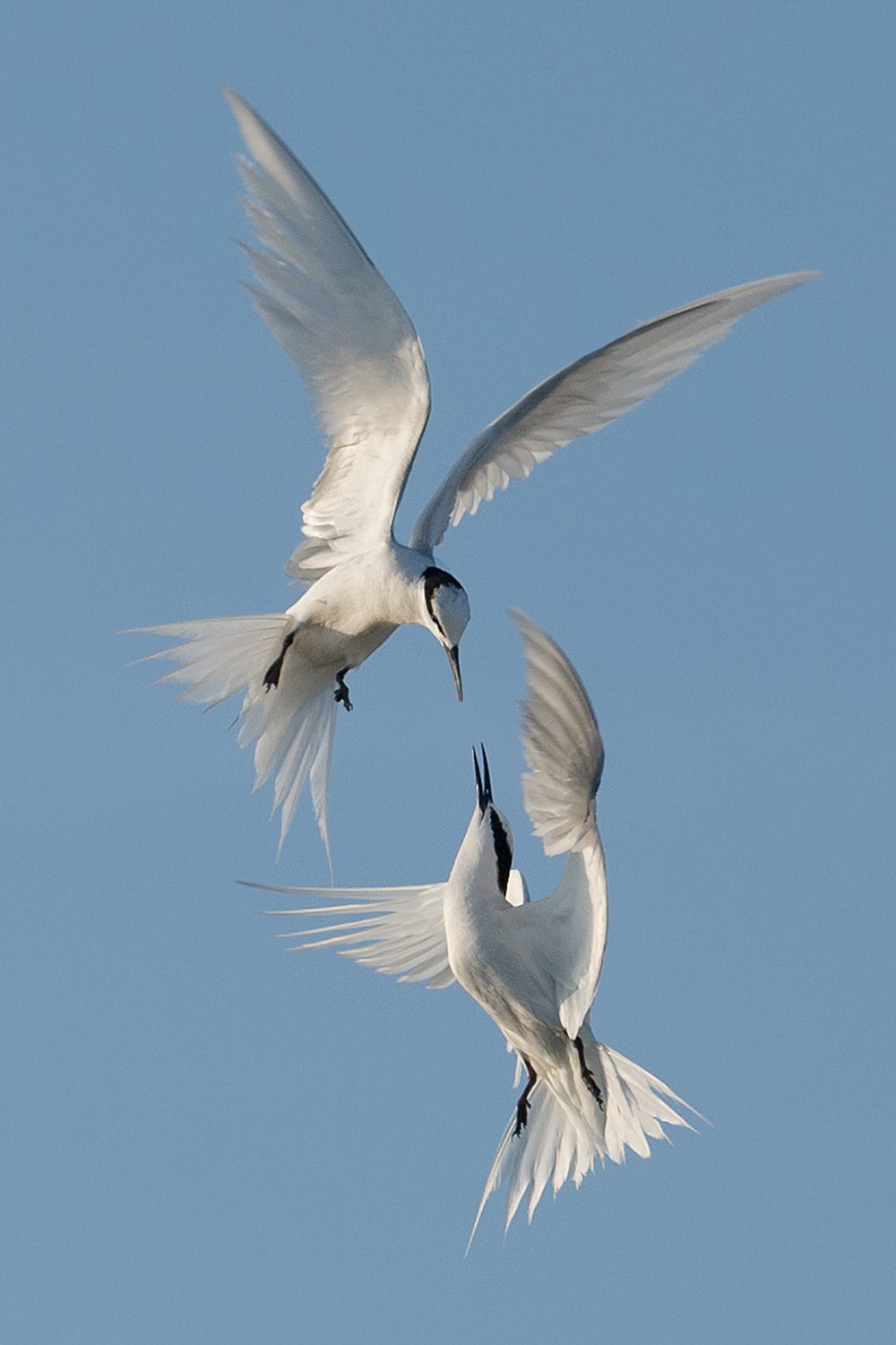Sometimes, a high shutter speed, the right aperture and focus doesn't ensure you get a perfect photograph of a fast-moving subject.

Photo Credit: Stanley Cheah
What else does an aspiring photographer have to do to freeze a super-fast object? The key is to first observe the angle and distance of the subject from your lens.
A subject parallel to you, going directly from one side of your frame to the other is the most challenging. This is why many professional photographers “pan” along with the subject even at high shutter speeds. It's not just because this produces a nice motion-blurred background, sometimes it's just not possible to capture a speedy subject without this technique.
When the angle is at roughly 45 degrees, the speed of the subject is halved, which makes it a lot easier to freeze without panning.

Photo Credit: Stanley Cheah
When the subject is approaching you directly, this makes it even easier, if you have pre-focused on the spot beforehand. Of course, each angle produces a different end result and a lot depends on the sport and the subject.

Photo Credit: Stanley Cheah
With this in mind, experiment with different shutter speeds at various spots. You will be able to find a “sweet-spot” which rewards you with stunning photos. For example, even though the F1 cars travel at almost 370 km/h, they have to slow down at the corners, which are also often the prime locations for overtaking. Get to know the sport you're photographing and you'll get the most out of your time spent on that location.
Other factors to note when photographing unpredictable subjects such as a bird in flight – be patient and prepared. Wildlife photographers spend days out in the field just to get that one award-winning shot. If you have knowledge and experience on where to spot a particular animal, and how it would react, you could successfully freeze it in motion at the right timing.

Photo credit: Daryl Yeo
|
|
Isaiah Tan Profile of writer A professional videographer with a love for photography, Isaiah Tan runs a video production company and a small bar in Singapore, among other businesses. He enjoys experimenting with different photographic techniques and always wants to learn and discover more of the world around him. |
|
|
Stanley Cheah Profile of photographer Stanley’s love affair with photography began with admiring scenic shots on postcards. “I wanted to be able to take photos like those,” he remembers. In 1992, he bought his first fully manual SLR Minolta X7 to learn photography. But it was only 15 years later, in 2007 that he got serious, and started attending courses by the Photography Society of Singapore. Today, he travels less to such exotic places due to work commitments, concentrating more on sports and arts events in Singapore. |
|
|
Daryl Yeo Profile of photographer As a hobbyist, Daryl started his journey into digital photography in 2006. Since then, it has been a journey through various genres until he found his true passion in wildlife photography. In pursuit of artistic documentation of animal behavior, Daryl has traveled to far - flung locations such as Africa. In order to assess his talent, Daryl participated in several salon photography competitions globally, mainly using wildlife images. Since 2012, he has won several medals in these internat ional competitions. Further, in 2014, he was awarded Associateship of the Royal Photographic Society (ARPS) from UK. He w as also awarded Fellowship from various photography associations like Photographic Society of Singapore, Photographic Society of Malaysia, Singapore Colour Photographic Society and SAFRA Photographic Club. Apart from wildlife, Daryl also enjoys travel, dance and sports photography. He was part of official photography team in Chingay 2012 and 2014, and also volunteered in National Day Pa rade 2014 as a photographer . Finally, Daryl’s profession is an IT Manager in a large American MNC. |




































